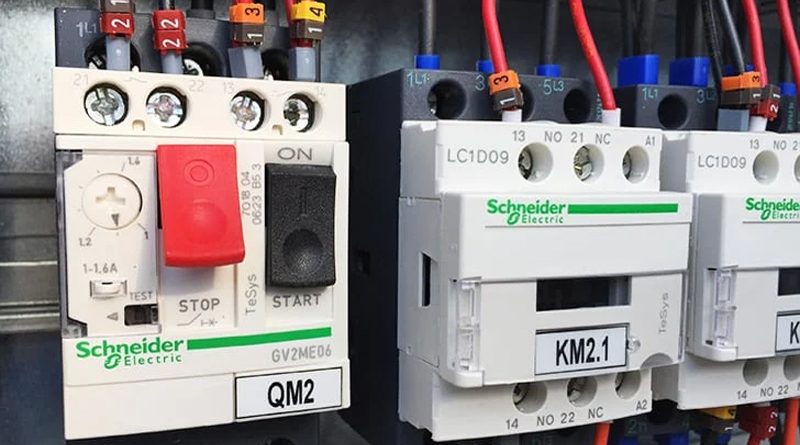Overload Relays: The Essential Protection Device for Electric Motors
In this blog, we’ll look closer at overload relays for electric motors, their types and what makes them essential. We will also discuss the right way to select an overload relay. But first, let us understand what an overload relay is.
Electric motors are essential for numerous industrial applications, from manufacturing to transportation. They are responsible for changing electrical energy into mechanical energy, which allows machines to perform tasks efficiently and effectively.
However, electric motors are also susceptible to damage due to oversupply, which can result in costly repairs or even replacement. It is where overload relays come in – they are essential as overload relays provide a crucial safety measure for preventing damage and downtime.
Also Checkout:
- What are the Speaker Wires and How to Make Use of Stereo Wires
- Cut Your Energy Costs With 5 Sustainable Home Improvements
What Are Overload Relays?
Overload relays are defensive instruments that monitor the electrical current flowing through an electric motor. They are designed to detect when the motor is drawing excessive current. This situation can occur when the motor is overloaded, or the system is faulty.
When the overload relay detects an abnormal current flow, it triggers a trip mechanism that cuts off the power to the motor. This power cut protects the motor from damage and prevents it from overheating, which can cause further problems.
What are the Types of Overload Relays?
There are two main types of overload relays, namely thermal and electronic.
Thermal Overload Relays:
Thermal relays are a conventional type of overload relay that functions on the principle of heat generation from the electric current flowing through a motor. The relay comprises a bimetallic strip that bends as the temperature increases, activating the trip mechanism. Typically, these overload relays are suitable for small-scale motor operations.
Electronic Overload Relays:
Electronic relays use solid-state elements that identify current overloads and activate the motor’s trip mechanism. They are more precise than thermal relays and offer an array of features and functions. The relays can monitor several parameters, including voltage and temperature, and provide advanced diagnostic data.
Why are Overload Relays Important?
Now that we have discussed overload relays and their types. Let us understand the importance of overload relays:
Protection:
Overload relays protect electric motors from damage caused by excessive current. By detecting irregular current flow, they trigger a trip mechanism that shuts off the power to the motor. It prevents the motor from overheating, causing insulation damage, breakdown or other damages that can be costly to repair or replace.
Safety:
Overloaded motors can be dangerous as they can overheat and potentially start a fire. By turning off the power to the motor, they prevent accidental fires and ensure the safety of personnel and equipment.
Lifespan:
Overload relays can help prolong the motor’s lifespan. The motor can work effectively for an extended period by preventing the motor from overheating.
Compliance:
The need for overload relays becomes more vital to ensure the secure operation of electrical equipment. Failure to employ these relays can result in penalties or legal liability.
Efficiency:
They lower energy consumption and improve overall system efficiency by preventing the motor from operating under heavy loads.
How to Select the Right Overload Relay?
Selecting the right electric motor overload relay is crucial to ensure it provides the necessary protection. Consider these factors before choosing the right overload relay:
- Motor current rating
- Ambient temperature and location
- Starting current of the motor
- Trip class and response time
- Enclosure type and the protection level
- Control voltage
- Additional features such as communication protocols, diagnostics, and programmability
Also Checkout:
- How Investing in Intercom Systems Enhance Communication and Security
- The Ongoing Evolution of Immigration Technology
Final Thoughts
Overload relays are essential for electric motors as they prevent potential damage to the motor by providing safety and a prolonged lifespan. Before purchasing an overload relay, it is crucial to consider the motor’s FLC, ambient temperature, and any special application requirements. With the right overload relay, you can ensure that electric motors operate safely and efficiently without the risk of damage or downtime.




